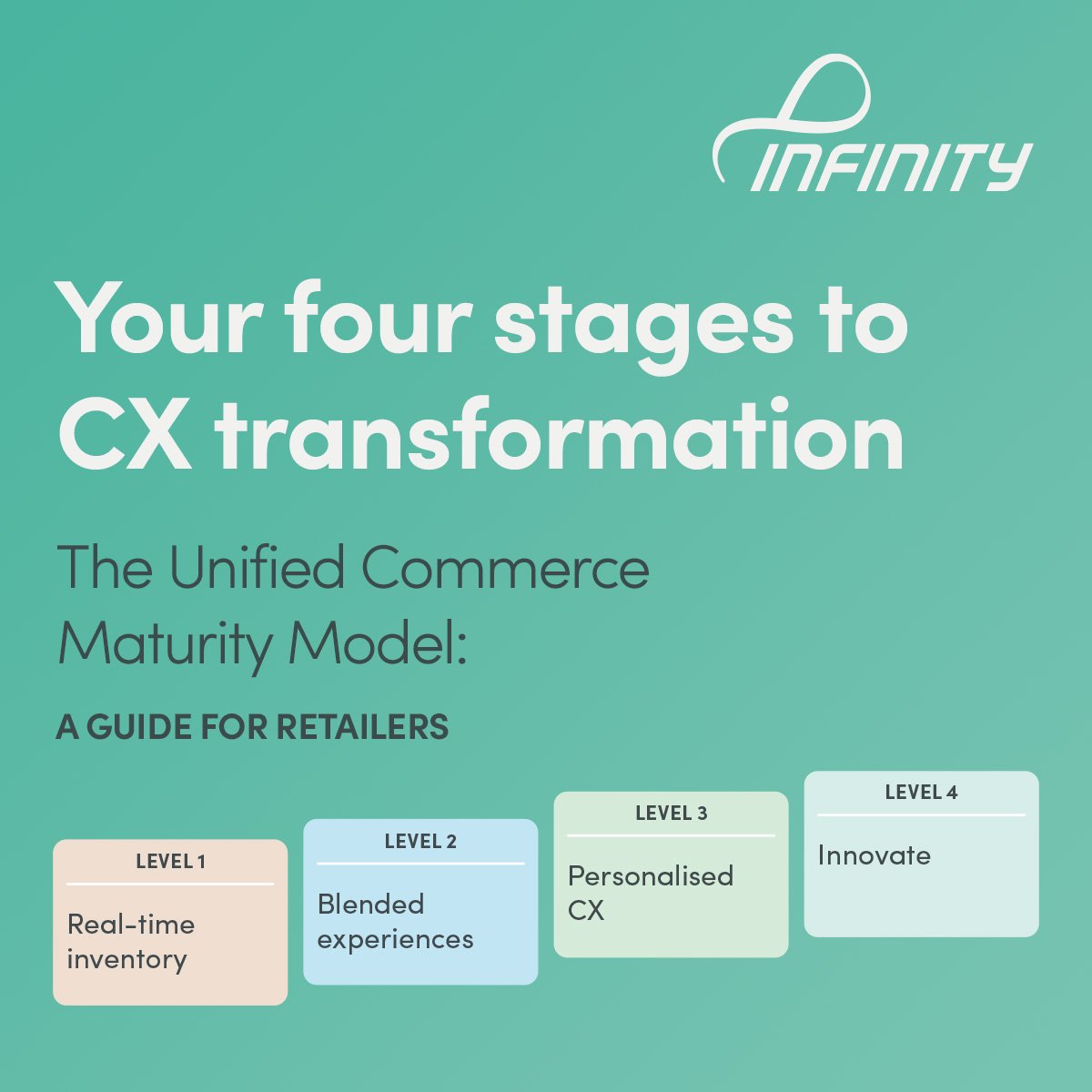If queues lengthen and sales slow when your teams are busy making coffee or rolling ice creams, then you’ll be wondering how self-serve technologies can help your convenience business. Kelly Brown explains why many self-serve offerings aren’t suited to c-store formats and describes disruptive new self-serve software that makes it simple to create a fast and memorable experience.
Fuel and convenience stores that become destination stores are best positioned for long-term growth and customer loyalty.
They know that a customer experience centred on convenience is fundamental to success. And they’re urgently modernising the checkout experience so that consumers can transact on their own terms.
But as c-stores build a reputation for speed and simplicity, they often struggle to maintain that convenience for customers.
During peak hours, sales can be lost when customers see long queues and decide not to make purchases. It’s difficult to ensure that there are enough people in the store to handle the peaks without wasting resources during the troughs. And the strain of labour shortages continues to impact all retailers.
The fix for many retailers is self-serve kiosks. They’re a practical solution for large stores and supermarkets, helping to deliver shorter queues, faster service times and reduced costs.
However, most self-service kiosks aren’t suitable for a c-store format and don’t provide the services customers seek.
The high up-front cost of a kiosk is a key barrier to adoption. The large pedestals take up valuable floor space, reducing stock and advertising opportunities, and extending the payback period.
Theft is a serious concern, particularly for small stores with few staff.
Many consumers don’t like self-checkouts and want to engage with a store member during a purchase. In addition, some transactions can’t be completed without help - such as age-restricted products - which limits the streamlined experience self-checkout promises.
So how are c-stores innovating to increase convenience in their stores?
Disruptive new self-serve software is fast becoming a c-store staple.
Convenience stores are taking advantage of new self-serve software applications that can be deployed on any terminal or touchscreen display.
For example, one client is rolling out a touchscreen self-service solution in over 50 stores to provide a simple way for customers to purchase items, order food and make payments.
Positioned on store counters next to POS terminals, the solution includes a second monitor so that store staff can easily view each customer’s progress, assist and serve when required.
Customers scan in barcoded items they want to purchase and use the interactive touchscreen to select non-barcoded products from a menu of made-to-order fresh and hot food.
Developed by application developer Hoodoo, the software takes advantage of Infinity APIs to expose product, pricing and inventory data in real-time and easily add new capabilities. It’s lightning-fast, with an intuitive, easy-to-navigate interface and runs on any hardware device.
This simple yet sophisticated approach offers six significant benefits for c-stores:
Speed up service: reduce queues and make it easier for customers to transact in less time to boost customer satisfaction and drive profits
Redeploy your staff: free up your people for more high-value tasks such as preparing food and engaging with customers. This reduces pressure on them and lifts productivity, creating efficiencies and higher profitability. Some large c-stores will be able to cut their headcount to further reduce costs
Give customers choice: present all the available options and specials to each customer, step-by-step, and put them in control of their in-store experience
Increase order accuracy: integrate orders with your POS, customer and inventory systems to eliminate the possibility of errors or miscommunication
Boost upselling: make it easy for customers to add-on items to grow basket size and increase sales
Differentiate your CX: provide a modern, intuitive digital experience in stores to amplify your brand and create more memorable experiences.
Ordering and pickup options are next
The surge in self-service goes beyond self-serve purchases – consumers want new options for ordering and order pick-up as well.
Mobile ordering boosts sales and profits by letting customers place and pay for their order in advance using a mobile app. When they reach the store, all they need to do is pick up the order and go. Some fuel retailer apps let customers order items while they fill up, and an attendant delivers them to their vehicles.
Self-checkout options are extending to online ordering platforms. Convenience stores are drawing online shoppers into their physical stores by offering omnichannel services such as click-and-collect.
And home delivery has the potential to further enhance the customer service. Home delivery apps let c-stores drive sales and engage with new customers, while continuing to encourage their local communities to shop in store.
This blog was originally published August 2022 and updated on 13 November 2023.
Consumers now expect digital convenience from c-stores
How quickly will you adopt self-serve solutions to differentiate your brand and deliver what customers want?
If you’d like help to provide a streamlined and fast customer experience, get in touch. We’d love to help you deploy a self-serve solution to shorten queues, reduce wait times and help your team become more efficient.




























